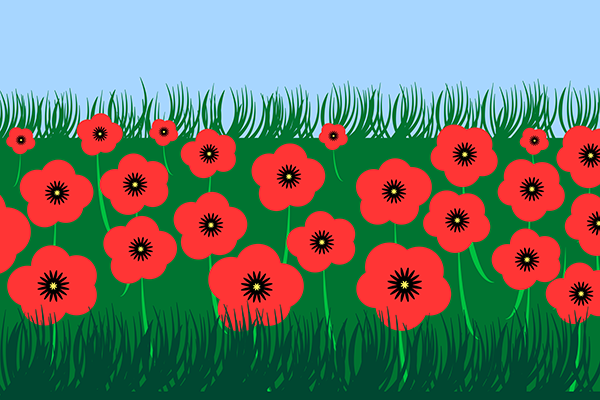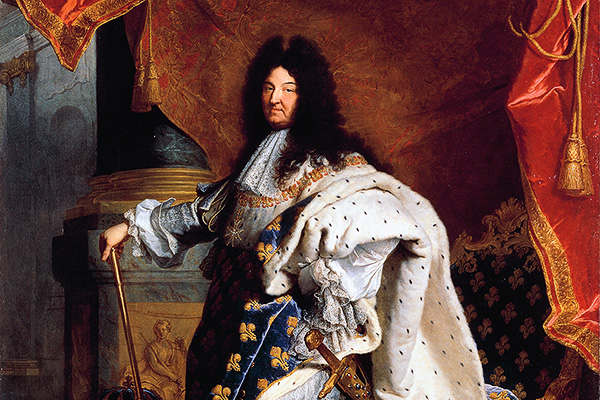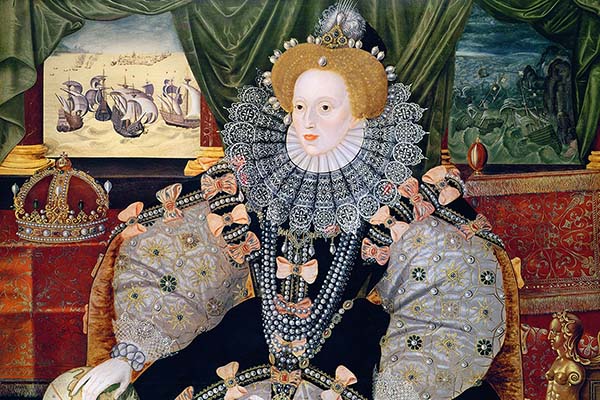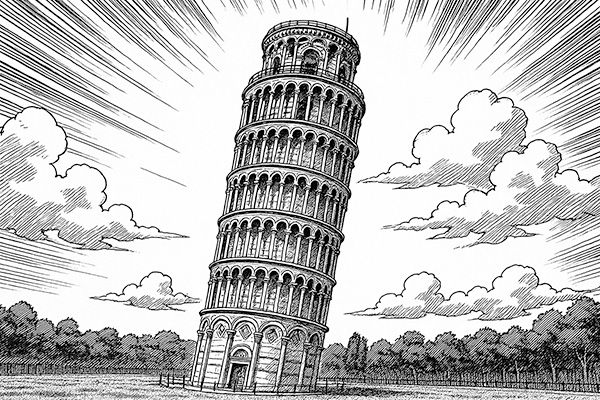
Chocolate comes from the cacao beans of the Theobroma cacao tree, whose scientific name translates to "food of the gods" in Greek. The tree grows in tropical climates near the equator, particularly in West Africa, South America, and Southeast Asia.
The ancient Maya and Aztec civilizations used cacao in a bitter drink, often flavored with spices.
Dark chocolate contains flavonoids, antioxidants that can have positive effects on heart health. Darker chocolate with a higher cacao percentage contains more flavonoids.
Unlike milk or dark chocolate, white chocolate doesn't contain any cacao solids, only cocoa butter.
The Swiss eat more chocolate per capita than any other country, with an average of 11 kilograms per person annually.
The Aztecs valued cacao beans so highly that they were used as currency to trade for goods and services.
The largest chocolate bar, weighing 12,770 pounds, was created by Thorntons plc in 2011 to celebrate their centenary. It was equivalent to 75,000 of their standard bars and set a Guinness World Record.
The novel Charlie and the Chocolate Factory by Roald Dahl, published in 1964, introduced the world to Willy Wonka, a whimsical chocolate factory owner. The book tells the story of five holders of hidden golden tickets, who win a trip to his factory and witness for themselves his unique methods of chocolate manufacturing. All does not end well for some of them! The book was later adapted into two films, Willy Wonka and the Chocolate Factory in 1971, Charlie and the Chocolate Factory in 2005. It also inspired the movie Wonka in 2023. The book's author, Roald Dahl, was inspired to write the story because when he was a child, his school was sent test chocolate products by the chocolate manufacturer Cadbury to gather feedback.

J.S. Fry & Sons created the world's first chocolate bar by mixing cocoa butter, sugar, and cocoa powder.
During World War II, chocolate was included in soldiers' rations as a quick energy and morale booster. The U.S. Army issued the D Ration bar, a high-calorie chocolate bar designed to sustain soldiers in the field.















